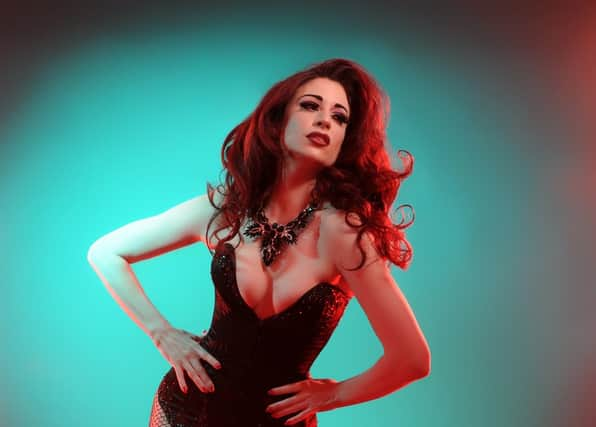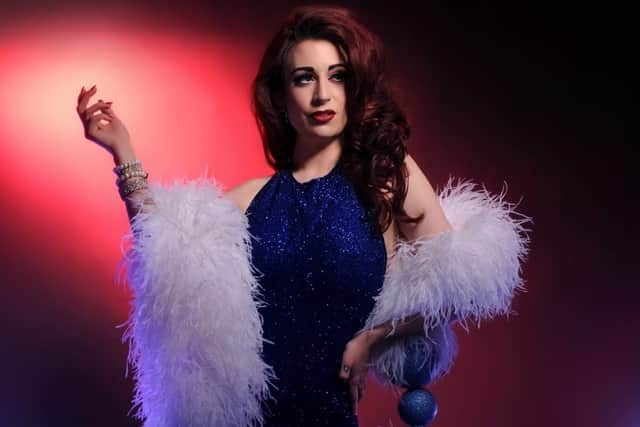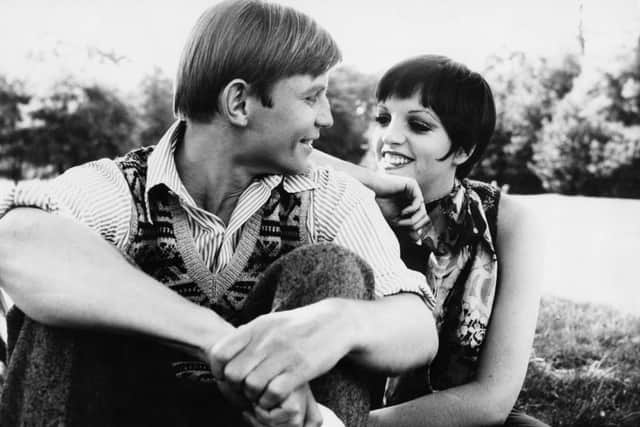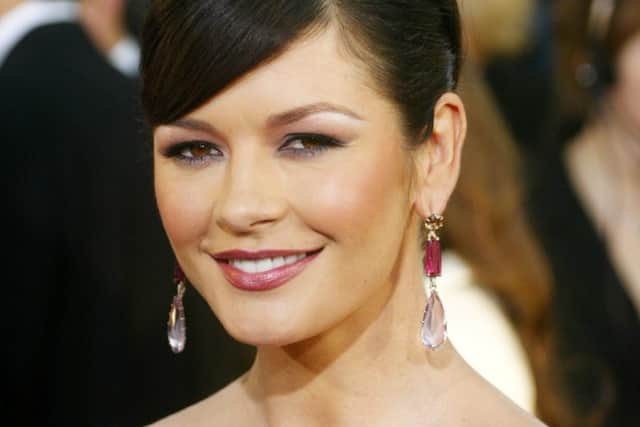Focusing on movies that celebrate exotic dancing for World Burlesque Day


Burlesque alive and kicking
Bawdy variety theatre, which flourished in the Victorian era, continues to prove popular on silver screen and stage, burlesque star Trixie Blue here revealing all.
Most frequently performed in late bars and nightclubs, burlesque is often glamorous, satirical, raunchy and irreverent.
Advertisement
Hide AdAdvertisement
Hide AdWhat are the roots of burlesque?
The roots of burlesque date back to the 17th century and the art form flourished during the Victorian era, becoming a staple of the bawdy variety shows that were prolific in the music halls.
The first World Burlesque Day took place on April 26 2020 to commemorate the fiftieth anniversary of the death of Gypsy Rose Lee, a famous burlesque performer from the 1930s. It was established by Sapphira, a burlesque performer, author and mental health ambassador.
Closer look at the art form
So, in celebration of World Burlesque Day, Steve Cain spoke exclusively to North East based burlesque performer Trixie Blue about the dance form and the resurgence of interest that has taken place over the past thirty years.


While most of us would probably associate burlesque with the movies Gypsy, Moulin Rouge and Burlesque, Trixie Blue feels there is much more to the genre than the depictions shown in these big screen blockbusters.
Advertisement
Hide AdAdvertisement
Hide Ad“With regards to the accuracy of the depiction of burlesque within these films, it completely depends on how the individual personally defines burlesque,” she said. “Gypsy is based upon a real life burlesque performer (Gypsy Rose Lee) and there a great phases of burlesque inherent within the film, whereas Moulin Rouge depicts can-can performance rather than burlesque, and Burlesque showcases neo-burlesque, a contemporary re-imagining of the burlesque genre.”
Burlesque renaissance
That said, Trixie does acknowledge that burlesque has enjoyed a renaissance in popularity and credits the influence these films have had.
“Undoubtedly, these movies most certainly have contributed to the rising popularity of burlesque and burlesque-inspired performances.”
Trixie, who began her career in burlesque by taking weekly classes, would recommend that others who might also be interested should follow suit and have a go. She believes that burlesque can be instrumental in encouraging women to accept themselves for what and who they are and to be at ease with their own shape and form – whatever that may be.
Advertisement
Hide AdAdvertisement
Hide Ad“The enjoyment of burlesque is for all who wish to embrace its charms. Like any form of performance or activity that really resonates with the individual, it can make you feel amazing about yourself.”
According to Trixie, a typical burlesque show is difficult to define. “It depends on a number of things,” she said. “Who the audience is; whereabouts in the world it’s being produced, and whether it is a show within a show.
What does burlesque consist of?
A UK based burlesque show, for example, normally consists of between three and five performers performing one or two acts each. However, the variations in venues such as theatres, bars and social clubs, are endless.”
Combine those factors with the plethora of subgenres within the overarching theme of burlesque and attempting to provide a definition is even more complex. “All lend themselves well to create a well-balanced burlesque world,” said Trixie. “Usually, there is a commonality that there is an element of nudity – however this doesn’t necessarily have to take place.” So, what are some of the subgenres within burlesque?
Advertisement
Hide AdAdvertisement
Hide Ad“Cheesecake depicts a typical girl-next-door,” said Trixie. “It is an accessible form of burlesque as it plays upon the notion that you are being very cheeky in your approach to disrobing, with a heightened form of a constructed femininity.
What about gorelesque?
Conversely, Gorelesque utilises props such as fake blood or limbs and can be best described as a horror-based performance.” It seems that burlesque – and all its associated subgenres – is an empowering form of dance entertainment that allows people to adopt completely new personas for their performances.
So, if you’re feeling adventurous, why not grab your glitter, basque, suspenders and nipple tassels and give it a go? Here are big screen blockbusters that boosted burlesque:
Cabaret (1972) – Set in decadent 1930s Berlin, Sally Bowles (Liza Minnelli) performed at the licentious, seedy Kit Kat Club, presided over by an ominous and unsettling “EmCee” (Joel Grey). The combination of leering debauchery in the songs, satire of racial prejudice, semi-cathartic refutation of the imminent nightmare of Nazism, and Brechtian cynicism proved a hit with the critics and public alike.
Advertisement
Hide AdAdvertisement
Hide Ad

Chicago (2002) – The 2002 screen version of Chicago saw the female leads taken by Renée Zellweger (Roxie Hart) and Catherine Zeta Jones (Velma Kelly) and Richard Gere in the role of Billy Flynn. Choreographer Bob Fosse’s raunchy dance routines played heavily on the vaudevillian style because the two principal characters were performers. The film was both a critical success and a financial triumph.


Gypsy (1962 and 1993) – A powerful, multifaceted story about the rise of the celebrity stripper Gypsy Rose Lee, Gypsy boasts a melodious, cultured score and one of the greatest starring roles in musical theatre. Rosalind Russell starred in the central role of the mother in the 1962 original film, after Ethel Merman (who had originated the role on Broadway) was passed over.
Whereas Merman’s performance had been universally acclaimed, Russell was criticised. Her vocals were dubbed over in the musical numbers and her performance was derided, with The New York Times commenting: “That tornado of a stage mother that Ethel Merman portrayed on Broadway comes out as little more than a big wind in the portrayal that Rosalind Russell gives in the transfer to the screen.” Bette Midler starred in the 1993 remake, receiving favourable reviews.
Moulin Rouge! (2001) – Moulin Rouge! tells the story of Christian – a poor Bohemian poet in 1890s Paris – who falls for Satine, a beautiful courtesan and nightclub star. However, her affections are also coveted by the club’s patron, the Duke.
Advertisement
Hide AdAdvertisement
Hide AdA dangerous love triangle ensues as Satine and Christian attempt to fight all odds to stay together but a force that not even love can conquer is taking its toll on Satine.
Burlesque (2010) – Ali Rose (Christina Aguilera), small-town girl ventures to Los Angeles and finds her place in a neo-burlesque club run by former dancer Tess (Cher).
The Hollywood Reporter described Burlesque as “a refreshing throwback to movie musicals that celebrates its stars while indulging in sexy fun”. On the flip side, The New York Times felt that the storyline “had already gathered dust by the time of the 1933 musical 42nd Street”.